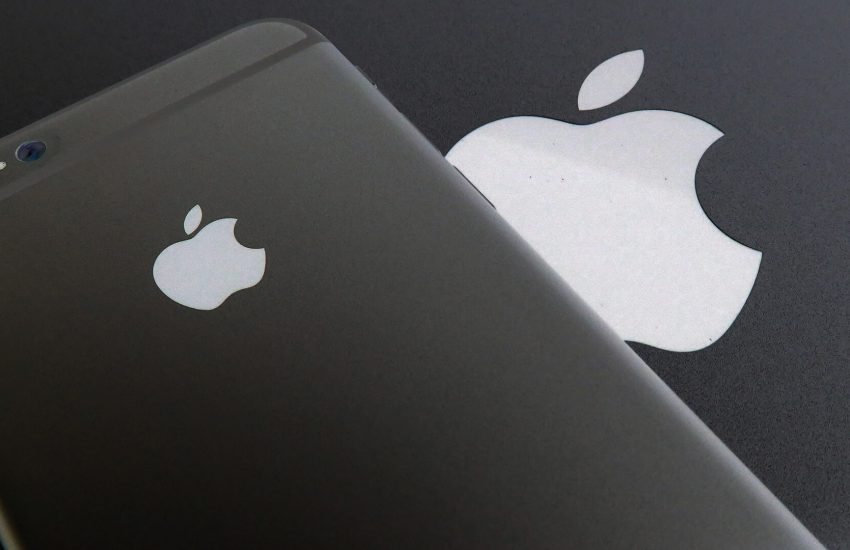 These days the word “revolutionary” is thrown around so frequently that it’s often meaningless. But when Apple’s Steve Jobs said the iPhone would be revolutionary back in 2007, it turns out he was right on target.
These days the word “revolutionary” is thrown around so frequently that it’s often meaningless. But when Apple’s Steve Jobs said the iPhone would be revolutionary back in 2007, it turns out he was right on target.
When he introduced it, Jobs positioned the device as three revolutionary products in one: a phone, an iPod and an internet device. Top technology critics were skeptical, but consumers were quickly sold.
Ten years, 10 models and 10 iOS updates later, the iPhone has evolved into one of the most powerful products on Earth. Not only has it completely transformed how we live our lives, but it has also forever changed the face of marketing and communications. Today, businesses rely on mobile engagement with their audiences, but that wasn’t always the case.
The most game-changing models
Today’s iPhone and the original device are two very different things. In 2007, there was no App Store, no third-party apps, and certainly no GPS (Global Positioning System) or video-recording capabilities. And yet the first iPhone model still managed to kill it in sales. In fact, within the first 74 days, Apple managed to sell 1 million units.
It wasn’t until 2010, when the iPhone 4 was released, that mobile engagement really started to take off. This was also the year that the selfie was introduced to the world (thank goodness), thanks to the first front-facing camera. 2010 was also the year that we at Localytics (my employer) began tracking app engagement, finding that an astounding 26 percent of users abandoned an app after one use, shining a light on the challenges of marketing on mobile.
The iPhone 5 in 2012, which broke sales records, was the year that the number of apps in the App Store really took off — a wake-up call to companies getting into mobile. At this time, we’d found that retention numbers seemed to slightly improve, with now 22 percent of users abandoning an app after one use. And by the next year, a new milestone was set: There were more than 1 million apps in the App Store, with more than 60 billion apps downloaded.
A new challenge for marketers
For marketers, the iPhone completely changed everything we know about interacting with customers, and it set off an entirely new way of thinking about engagement. It didn’t take long for customers to become increasingly “always on,” and with that their expectations seemed to grow. This prompted the need for deep analytics and user data to help businesses understand more about their mobile users.
But such rising success with devices seemed to spell trouble for companies trying to ride the mobile wave. Apple was able to make earth-shattering innovations in mobile, but the vast majority of businesses had failed to innovate anywhere near the pace of people’s demands and expectations for mobile.
It didn’t take long for us all to be knee-deep in a mobile engagement crisis. Smarter devices, and our dependence on apps, meant that people’s everyday lives were now geared more toward mobile. The brands that did it right knew that user insights were the ticket to truly knowing, and catering to, users on mobile.
Where do we go from here?
A question that’s always top of mind for marketers is “what’s next?” Has innovation in mobile plateaued? Are we now faced with the challenge of navigating a new frontier?
If we’re placing our bets with some of the top tech VCs, artificial intelligence may lead this new wave. I tend to agree — without the last 10 years of mobile innovation, AI today wouldn’t be a reality.
In the 10 years of the iPhone, it took nearly nine years to realize the industry was in a crisis. For those forging the way in AI, there are lessons to be learned to ensure we don’t meet the same hurdles.
Marketers — are you up for the challenge?
Some opinions expressed in this article may be those of a guest author and not necessarily Marketing Land. Staff authors are listed here.
About The Author

Popular Stories
